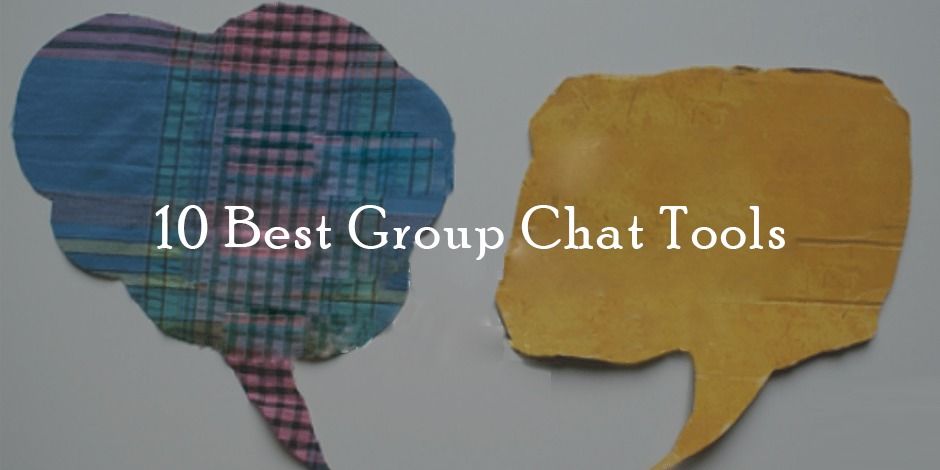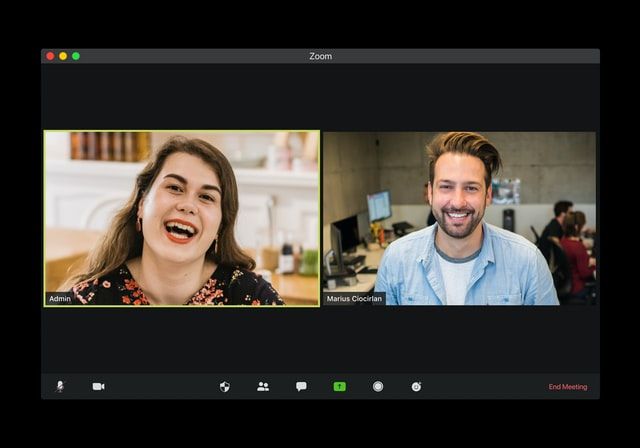

How to pick the right CDN provider?
These days you find an innumerable amount of Content Delivery Network (CDN) providers available in the market, and there is a confusing amount to choose from. While you are making your selection as to which CDN should be required, certain factors should be taken into consideration. A few of these factors might be beyond the control of the hands of both the provider as well as the customer.
Generally what happens is, the network conditions vary as according to the geographical areas which are beyond the direct control. The conditions of the CDN might vary with depending on the peering relationship, maturity levels while operating in that geographical scope. Even regardless of the PoP Architecture, the timings and the type of the test play a significant role in generating traffic. Most of the events such as news announcements or headlines of sports events affect most of the CDN’s. To deliver a complete web experience to the users, the services of a reliable CDN is a must.
Dedicated teams help in optimizing their stacks and monitoring the infrastructure helps in delivering the needs properly and also helps in increasing their traffic spikes. These CDN’s have bigger network pipes, better network peering capabilities and more servers around the world which help in the smooth performance of the CDN.
But no matter what, there are still certain generic guidelines which need to be followed. The following things will help to highlight the choosing of the right CDN providers for specific situations.
A CDN can be able to leverage the economies of scale to provide the user with a service which is faster, better and more cost effective than what it would be if the user completely relied on own infrastructure.
In some cases, some of the CDN companies deliver on such promises in a more better and more efficient than others. But the dilemma is that how can a prospective consumer know as to what factors should be needed to consider when deciding as to which CDN should be chosen.
In the first instances, a few qualifications are needed to be looked at. If a prospective vendor is not able to deliver, then it should let go while keeping no considerations further. You need to confirm that the CDN is faster than your origin. The CDN is somehow always good at delivering a large file with at ease, but it should also deliver a small file. Those files which are below 5KB, come in such category. These files even though having less memory should have a larger payload. By reducing latency so that all the items are fetched on one page, the CDN’s should be able to minimize the geographical impact easily.
However, given the increasingly complex infrastructure, which helps in making up of various modern websites, there are many more other intricate metrics and the data points which should be looked upon and factored into the determination to go with one CDN provider over another.
Metrics and data points to look out for:-
1. DNS Time: Some of the CDN’s have more complex DNS setup than others and also can help in slowing things down. Often, what happens is a faster wait time gets offset by slower DNS response times.
Also to be kept in mind is that the DNS performance from the last mile, the end user is quite varied from the tests which were run in the backbone. The end users rely mostly on DNS resolvers of their ISP’s or the public resolvers, whereas monitoring the backboard relies on resolving that are very close to the machines which run the test.
2. Connect Time: You need to review the differing connecting time so that you can make sure that your CDN has greater network connectivity low latency and no packet loss. You must additionally make sure or take into consideration is that one easy surety that you do not get slower during peak hours and that you are being routed to the right network peering. Say, for example, If an end user is on Verizon FIOS then it can be taken into consideration that there need not be any reasons to go through five different backbone networks as the CDN doesn’t have any direct peering with Verizon.
3. Wait Time: This kind of metrics is very important when you are looking at various CDN’s. It helps you to see if your content is hot on edge or that does edge needs to be fetched from the original servers. The wait time also indicates the potential capacity issues or even bad configuration at the CDN level or the Origin server. If the asset is hot, a CDN will deliver different performance. If the asset has been requested about one million times in the past hour vs. a few times an hour, then the CDN will deliver another type of performance.
A CDN is that kind of shared environment where more of the popular items are way faster to deliver than others i.e. if something is in its memory then it is way too fast, but it just acts wonders if the story is different. Thus having a Solid State Drives as criteria in the CDN section is to be considered personally. It helps the users to get the content more quickly.
4. Throughput: You must confirm that the throughput of the CDN test is higher than the origin no matter what the file size is.
5. Traceroutes: You need to run traceroutes from the place from where you intend to monitor to make sure that you aren’t mapped to the wrong place. Many of the CDN’s use commercial geo-mapping databases and the data for the IP could be wrong. So if your CDN tends to send a request to the United Kingdom from your home connection which is in Chicago, then something isn’t right.
Other things to be kept in mind
Many of the CDN’s will give you access to a control panel. So it must be kept in mind that you should be monitoring your Cache Hit/Miss ratio. It also should be kept in thoughts that a good CDN architecture shouldn’t come to the origin very often.
You also must ask a lot of questions like, what happens when an edge server doesn’t have the content. How long will it take to purge a file? How long will it take to load a file to the edge? How well the CDN handle public name resolvers such as OpenDNS or Google? As these companies care the most of the DNS traffic and it could impact certain CDN load balancing algorithms. What you should keep in thought is that a great performance is more than just the speed, but it is also the reliability to deliver a consistent experience.
Lastly, after you have chosen a CDN, you should have regular communication with your CDN provider, and also you need to monitor their performance vs. the origin at all the times. By doing such, it will build a relationship between you and your provider which will benefit in the long run.



